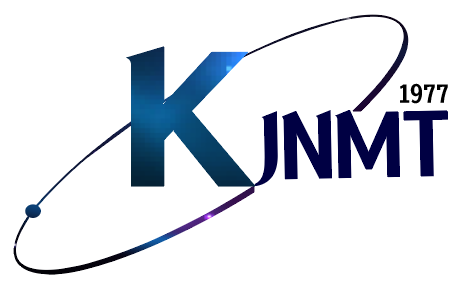The Korean Journal of Nuclear Medicine Technology
「핵의학기술」 심사규정
These are the guidelines pertaining to the review of articles published in KJNMT (The Korean Journal of Nuclear Medicine Technology).
Double Blind Peer Review
Each manuscript shall be reviewed by at least two reviewers, and the identities of both the reviewers and the authors shall remain confidential to each other.
The role of reviewers
The primary role of peer reviewers is to provide expert advice to editors on whether to revise, accept, or reject individual manuscripts. Assessments must be objective, and comments should be clearly and coherently articulated. Emphasizing scientific soundness is paramount to the journal’s integrity; hence, logical reasoning and statistical analysis should be examined with scrupulous care. Utilizing a reporting guideline for the review process is recommended. Reviewers must ensure that they have no conflicts of interest, and should identify relevant published work not already cited. All reviewed articles are to be handled with confidentiality. Ultimately, the editorial office bears responsibility for the final decision to accept or reject a manuscript, guided by the reviewers’ recommendations.
Review Guidelines
To ensure that reviews are objective and comprehensive, the following guidelines are to be used in assessing various elements of a manuscript, including the title, introduction, methods, results, discussion, organization, abstract, and references. The review process will take into consideration the following issues:
– Significance to the field of research
– Originality of the research
– Appropriateness of the approach or experimental design
– Suitability of the statistical analysis
– Validity of the conclusions and interpretations
– Relevance of the discussion
– Compliance with correct scientific nomenclature
– Appropriateness of the references cited
– Adherence to the Instructions for Authors
– Adequacy of the title and abstract
– Appropriateness of the included tables and figures
– Suitability of the manuscript’s length
Should the decision be made to accept the manuscript, the editor will send a confirmation letter to the corresponding author. If further revisions to the manuscript are required, detailed comments will be provided to guide the necessary corrections.
Challenging Review Results
Contributors may contest the review results by providing a logical rationale or a detailed explanation. The editorial board will evaluate the challenge and may either accept or dismiss the objections after careful consideration.
Review of Commissioned Articles
In the case of Review Articles and other materials commissioned by the Editorial Board, these submissions will be subject to the same review procedures as general submissions.
